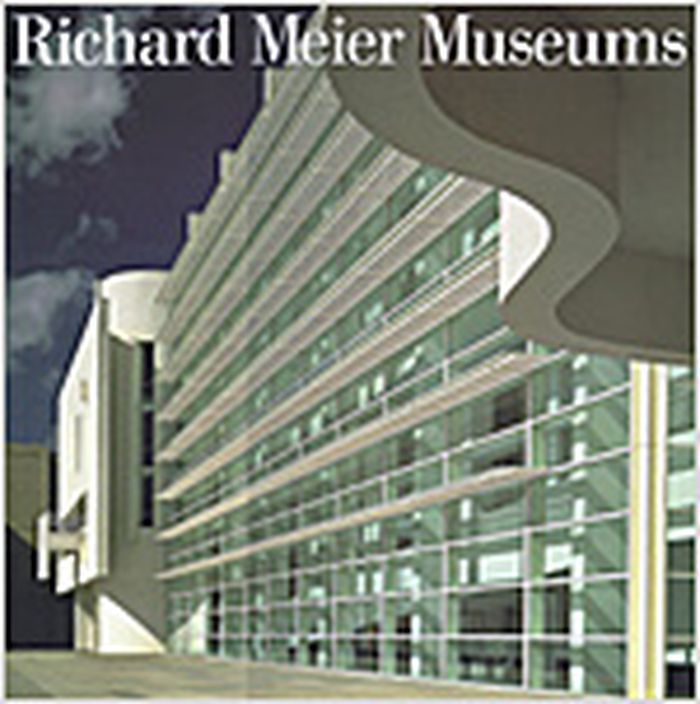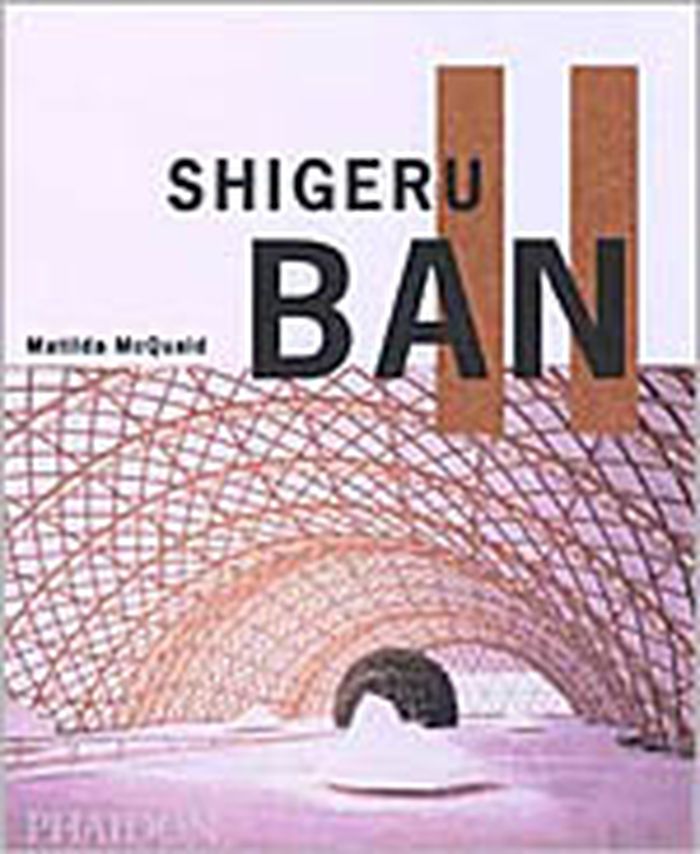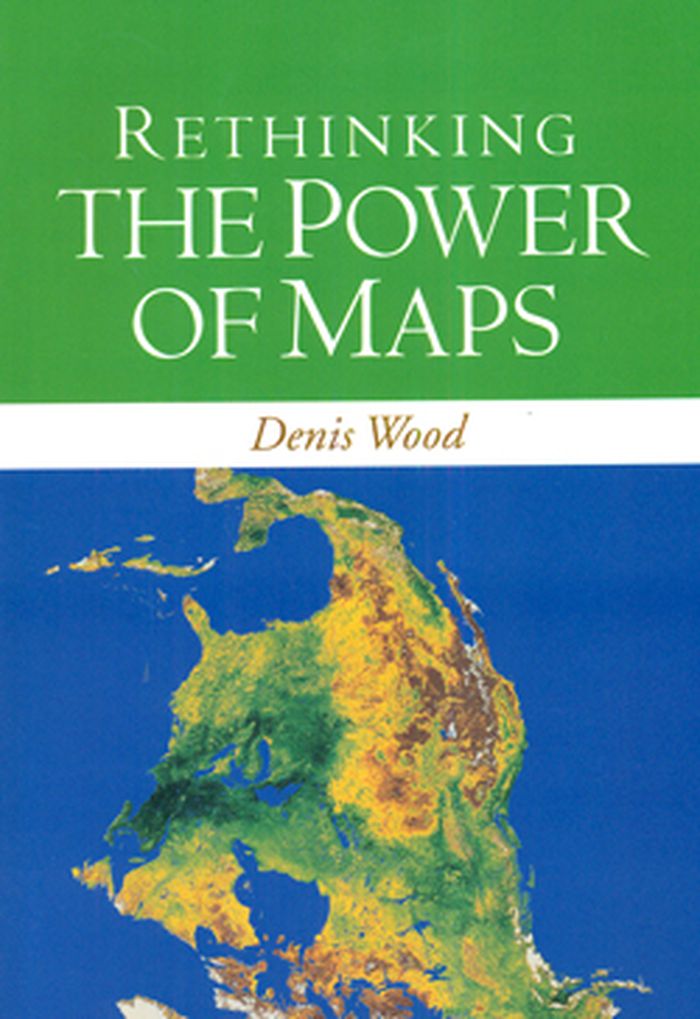books
$41.95
(available to order)
Summary:
Beginning with the inception of the U.S. embassy building program in 1926, and continuing through the 1996 competition for a new embassy in Berlin, "The Architecture of Diplomacy" examines a remarkable(...)
Commercial interiors, Building types
August 1998, New York
The architecture of diplomacy : building America's embassies
Actions:
Price:
$41.95
(available to order)
Summary:
Beginning with the inception of the U.S. embassy building program in 1926, and continuing through the 1996 competition for a new embassy in Berlin, "The Architecture of Diplomacy" examines a remarkable yet little-known chapter in architectural history. It focuses on the 1950s, when modernism became linked with the idea of freedom and the State Department's Office of Foreign Buildings Operations began to showcase modern architecture in its embassies. Architects could build abroad in styles never sanctioned at home, resulting in unusual and sometimes outlandish designs intended to express an "open" America overseas. Indeed, the embassy building program was part of the nation's larger effort to establish and assert its superpower status following World War II. Terrorist threats and espionage scandals also shaped the worldwide building program, and continue to affect it today. "The Architecture of Diplomacy" features the stories behind the Rio de Janiero and Havana embassies by Harrison & Abramovitz, Ralph Rapson's designs for Stockholm and Copenhagen, Gordon Bunshaft's work in Germany, Eero Saarinen's constructions in London and Oslo, and Edward Durell Stone's embassy in New Delhi. Other architects involved in the program included Arquitectonica; Pietro Belluschi; Marcel Breuer; Walter Gropius; Kallmann, McKinnell & Wood; Richard Neutra; and Skidmore, Owings & Merrill. Author Jane C. Loeffler obtained access to original correspondence, drawings, and photographs that have never been published.
books
August 1998, New York
Commercial interiors, Building types
Richard Meier museums
$112.00
(available to order)
Summary:
Richard Meier, one of America's most influential and widely emulated architects, began his career in the early 1960s designing private residential projects, whose elegant modernist style and white facades have become icons of modern architecture. Renowned as the designer of large-scale works around the world, including the Jubilee Church in Rome and the Getty Center in(...)
Architecture Monographs
November 2006, New York
Richard Meier museums
Actions:
Price:
$112.00
(available to order)
Summary:
Richard Meier, one of America's most influential and widely emulated architects, began his career in the early 1960s designing private residential projects, whose elegant modernist style and white facades have become icons of modern architecture. Renowned as the designer of large-scale works around the world, including the Jubilee Church in Rome and the Getty Center in Los Angeles, Meier has set an international style all his own based on the purity and power of his unique vision. This beautifully photographed volume is the first to document Meier's complete catalogue of museum and gallery projects, including the seminal High Museum in Atlanta (recently featured on a U.S. postage stamp in a series that includes the Guggenheim Museum and the Chrysler Building), the Museum of Contemporary Art in Barcelona, the Gagosian Gallery in Beverly Hills, the Getty Center, and the Ara Pacis Museum in Rome. Richard Meier Museums presents these and other celebrated projects in stunning full-color interior and exterior photography and extensive drawings and plans to give the fullest understanding of this modernist master's remarkable contribution to the art of museum design.
Architecture Monographs
books
$47.95
(available to order)
Summary:
Exploring America's material culture, "Common Places" reveals the history, culture, and social and class relationships that are the backdrop of the everyday structures and environments of ordinary people. Examining America's houses and cityscapes, its rural outbuildings and landscapes from perspectives including cultural geography, decorative arts, architectural history,(...)
History until 1900
January 1900, Athens, Georgia
Common places : readings in American vernacular architecture
Actions:
Price:
$47.95
(available to order)
Summary:
Exploring America's material culture, "Common Places" reveals the history, culture, and social and class relationships that are the backdrop of the everyday structures and environments of ordinary people. Examining America's houses and cityscapes, its rural outbuildings and landscapes from perspectives including cultural geography, decorative arts, architectural history, and folklore, these articles reflect the variety and vibrancy of the growing field of vernacular architecture. In essays that focus on buildings and spaces unique to the U.S. landscape, Clay Lancaster, Edward T. Price, John Michael Vlach, and Warren E. Roberts reconstruct the social and cultural contexts of the modern bungalow, the small-town courthouse square, the shotgun house of the South, and the log buildings of the Midwest. Surveying the buildings of America's settlement, scholars including Henry Glassie, Norman Morrison Isham, Edward A. Chappell, and Theodore H. M. Prudon trace European ethnic influences in the folk structures of Delaware and the houses of Rhode Island, in Virginia's Renish homes, and in the Dutch barn widely repeated in rural America. Ethnic, regional, and class differences have flavored the nation's vernacular architecture. Fraser D. Neiman reveals overt changes in houses and outbuildings indicative of the growing social separation and increasingly rigid relations between seventeenth-century Virginia planters and their servants. Fred B. Kniffen and Fred W. Peterson show how, following the westward expansion of the nineteenth century, the structures of the eastern elite were repeated and often rejected by frontier builders. Moving into the twentieth century, James Borchert tracks the transformation of the alley from an urban home for Washington's blacks in the first half of the century to its new status in the gentrified neighborhoods of the last decade, while Barbara Rubin's discussion of the evolution of the commercial strip counterpoints the goals of city planners and more spontaneous forms of urban expression. The illustrations that accompany each article present the artifacts of America's material past. Photographs of individual buildings, historic maps of the nation's agricultural expanse, and descriptions of the household furnishings of the Victorian middle class, the urban immigrant population, and the rural farmer's homestead complete the volume, rooting vernacular architecture to the American people, their lives, and their everyday creations.
books
January 1900, Athens, Georgia
History until 1900
Shigeru Ban
$99.95
(available to order)
Summary:
Based in Japan and one of an emerging generation of young, world-class architects, Shigeru Ban designs and builds graceful, serene structures using modest materials such as cardboard, paper tubes, bamboo, and prefabricated wood. His buildings are sometimes soaring and birdlike, sometimes simple, grounded, and evocative of the Japanese aesthetic, but always they are(...)
Architecture Monographs
October 2003, London / New York
Shigeru Ban
Actions:
Price:
$99.95
(available to order)
Summary:
Based in Japan and one of an emerging generation of young, world-class architects, Shigeru Ban designs and builds graceful, serene structures using modest materials such as cardboard, paper tubes, bamboo, and prefabricated wood. His buildings are sometimes soaring and birdlike, sometimes simple, grounded, and evocative of the Japanese aesthetic, but always they are integrated with and respectful of their surrounding environment. Ban has designed projects at both ends of the client spectrum: from one-room temporary houses of paper tubes for earthquake refugees worldwide to a 14,000 square-foot country house in Sharon, Connecticut – his first U.S. commission. His humanitarian efforts and his interest in recyclable, affordable, natural materials have won praise and attention from museums and critics in America and Europe. Ban’s Curtain Wall House was a favorite entry in the Museum of Modern Art’s “Un-Private House” exhibition in 1999; he has gone on to design a museum for children in Japan, a canal museum in France, and a private art museum in Belgium; he was included in the 2000 and 2002 Venice Biennale, and created the Japan Pavilion for the Expo 2000 in Hannover, Germany. He was a member of the Think team of architects selected in February 2003 as one of two finalist teams to compete for the commission to design the new World Trade Center site in New York.
Architecture Monographs
books
Description:
238 pages : illustrations (some color) ; 32 cm
Boston : Little, Brown, ©1984.
Jugendstil Art Nouveau : floral and functional forms / Siegfried Wichmann.
Actions:
Holdings:
Description:
238 pages : illustrations (some color) ; 32 cm
books
Boston : Little, Brown, ©1984.
Rethinking the power of maps
$33.50
(available to order)
Summary:
A contemporary follow-up to the groundbreaking Power of Maps, this book takes a look at what maps do, whose interests they serve, and how they can be used in surprising, creative, and radical ways. Denis Wood describes how cartography facilitated the rise of the modern state and how maps continue to embody and project the interests of their creators. He demystifies the(...)
Rethinking the power of maps
Actions:
Price:
$33.50
(available to order)
Summary:
A contemporary follow-up to the groundbreaking Power of Maps, this book takes a look at what maps do, whose interests they serve, and how they can be used in surprising, creative, and radical ways. Denis Wood describes how cartography facilitated the rise of the modern state and how maps continue to embody and project the interests of their creators. He demystifies the hidden assumptions of mapmaking and explores the promises and limitations of diverse counter-mapping practices today. Ilustrations include U.S. Geological Survey maps; electoral and transportation maps; and numerous examples of critical cartography, participatory GIS, and map art.
Architectural Plans and Cartography


